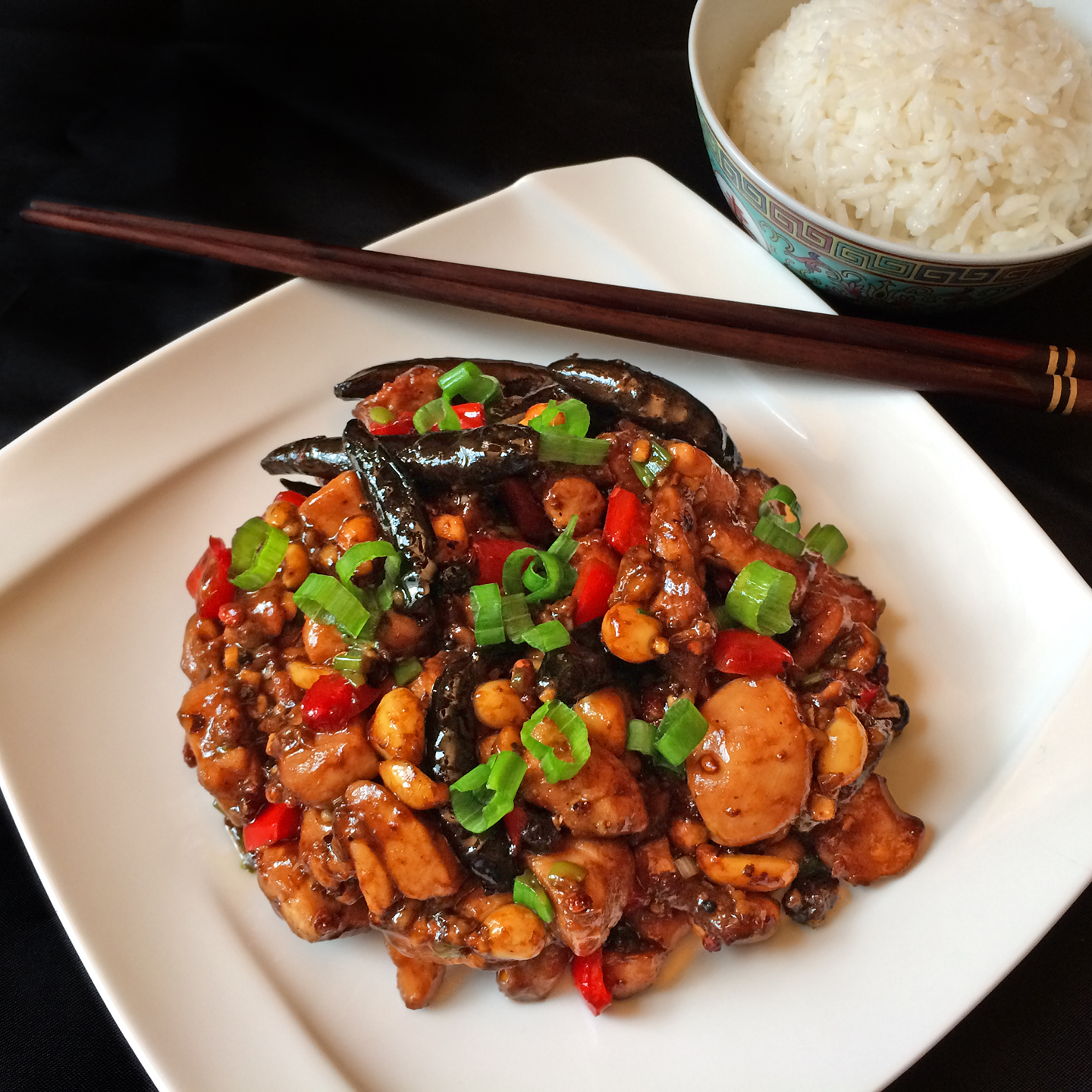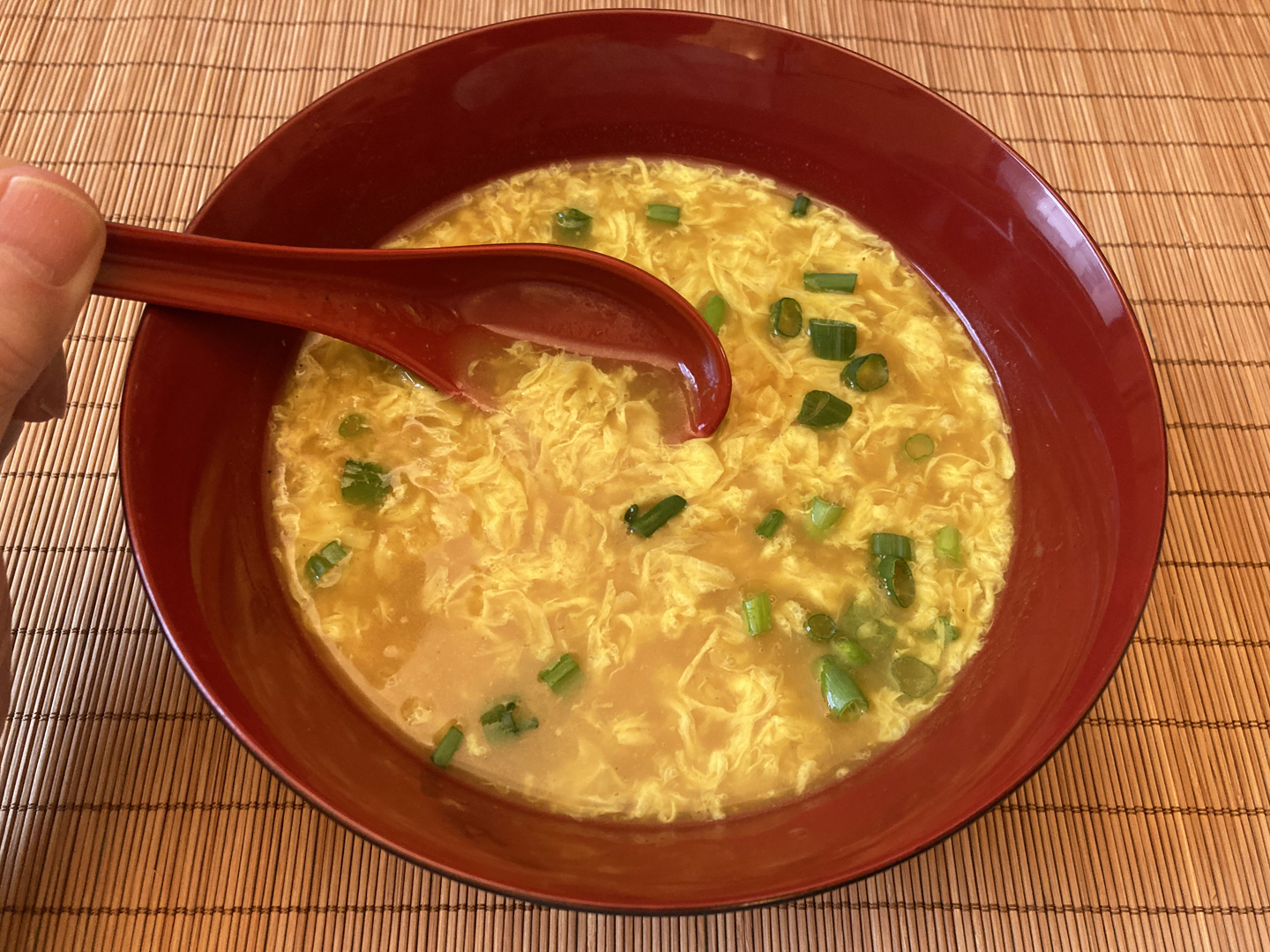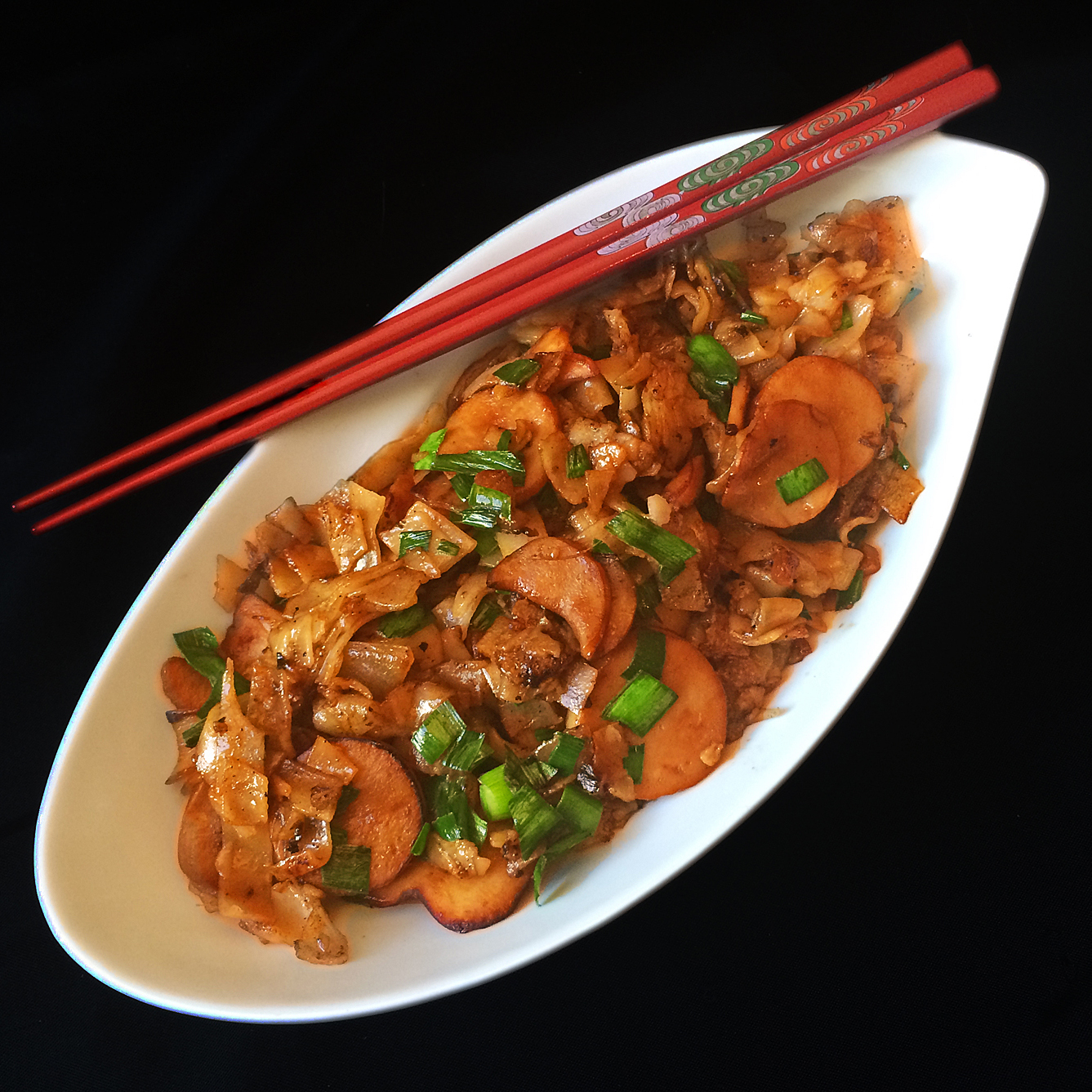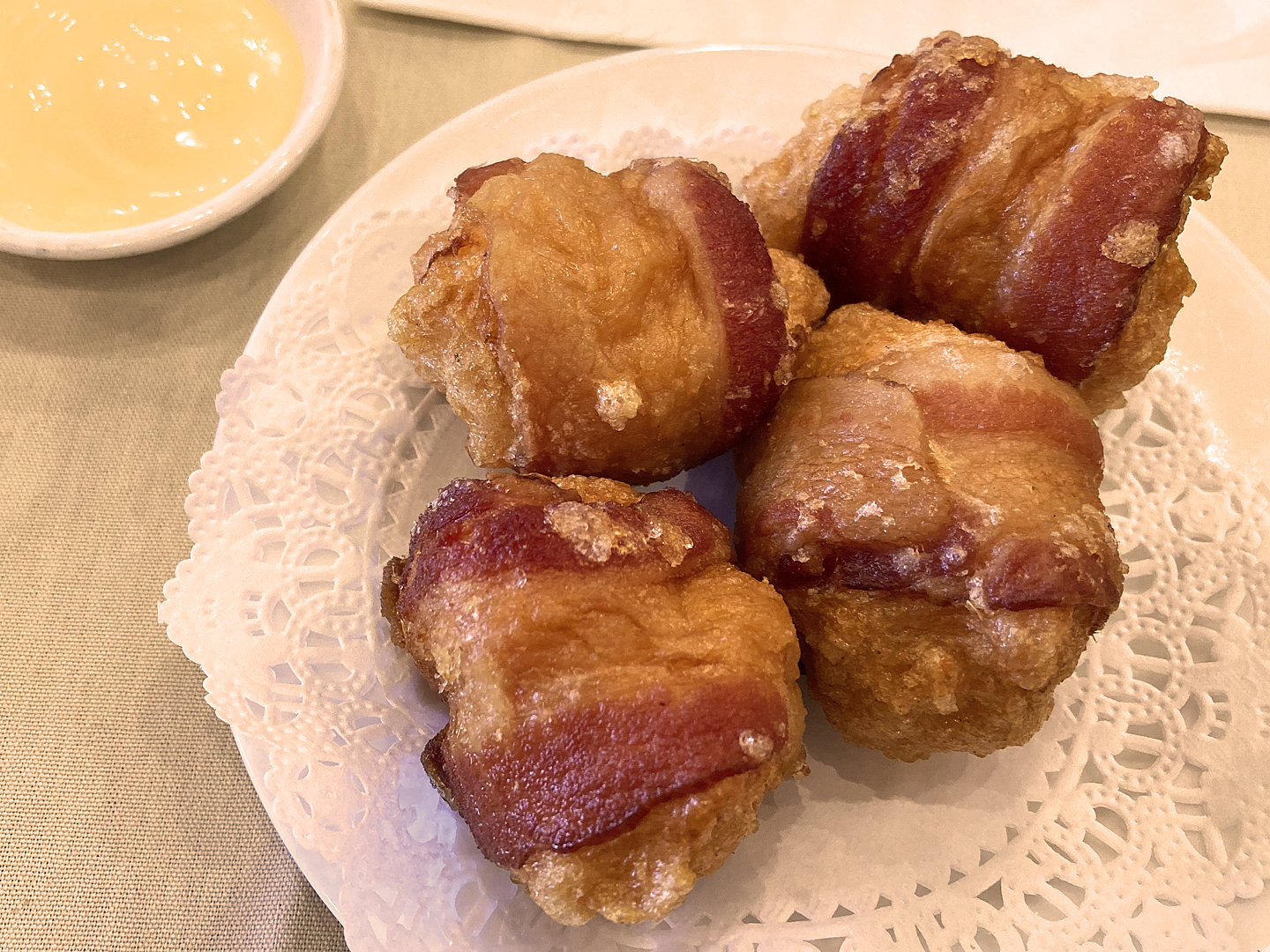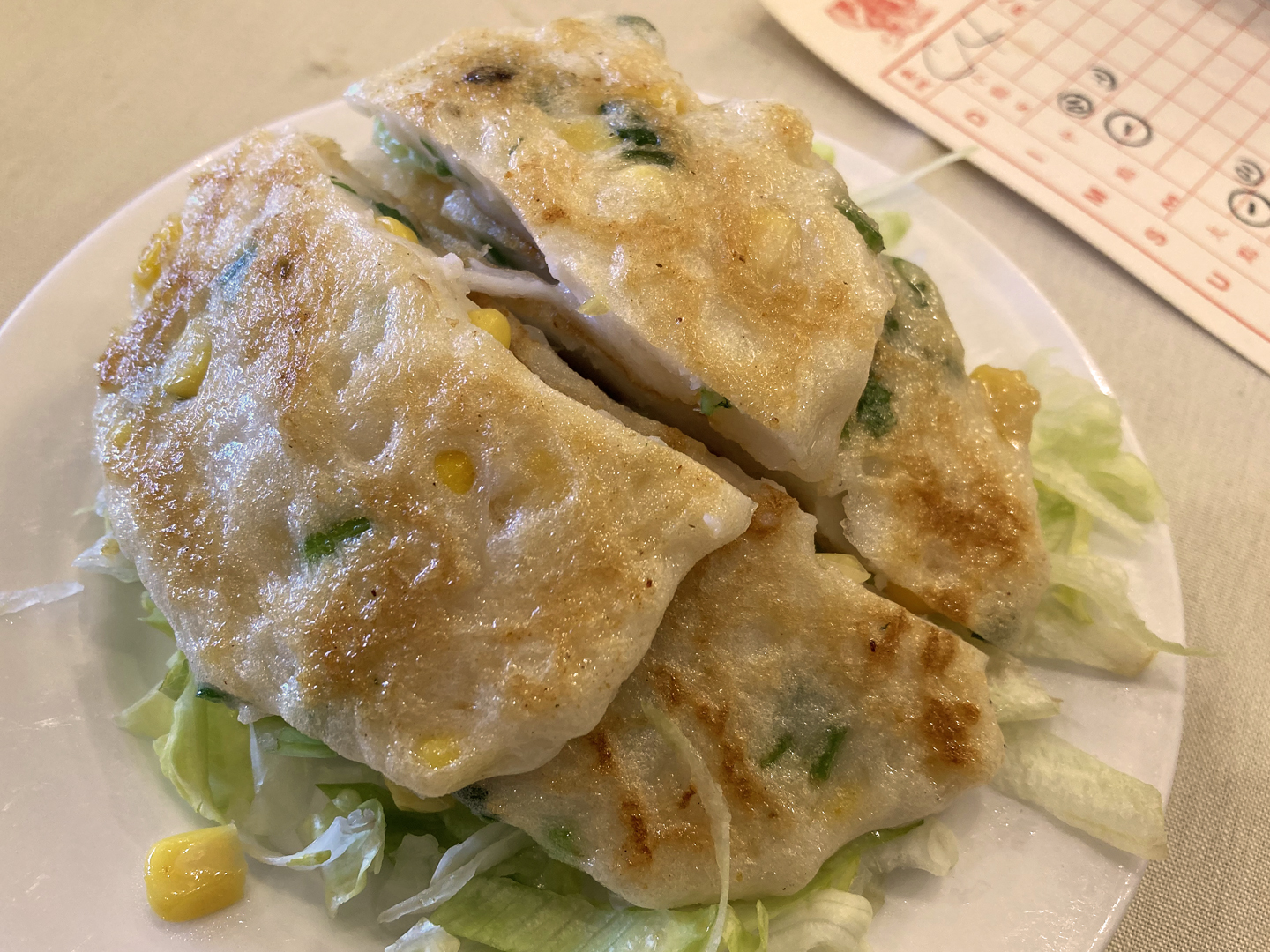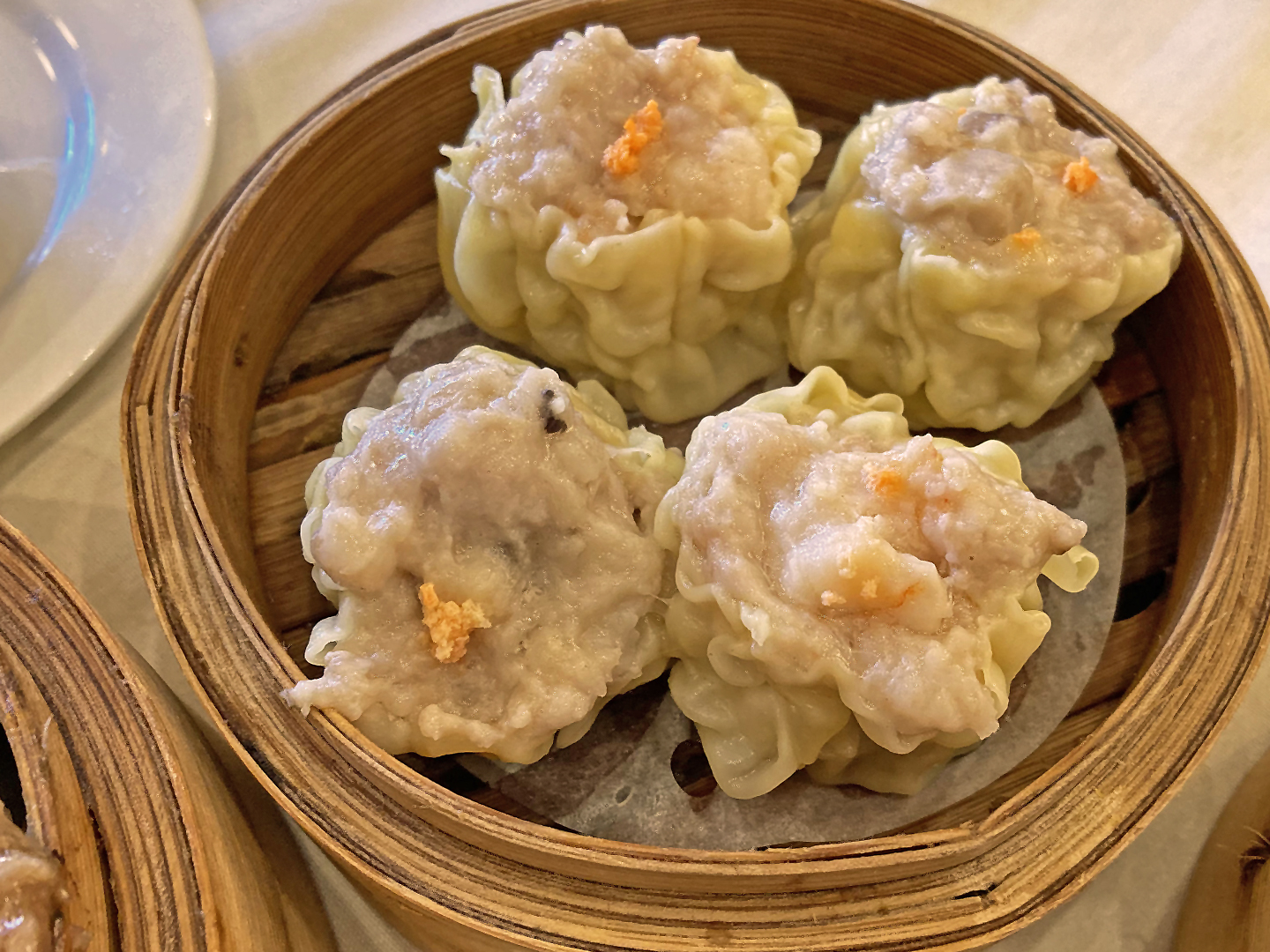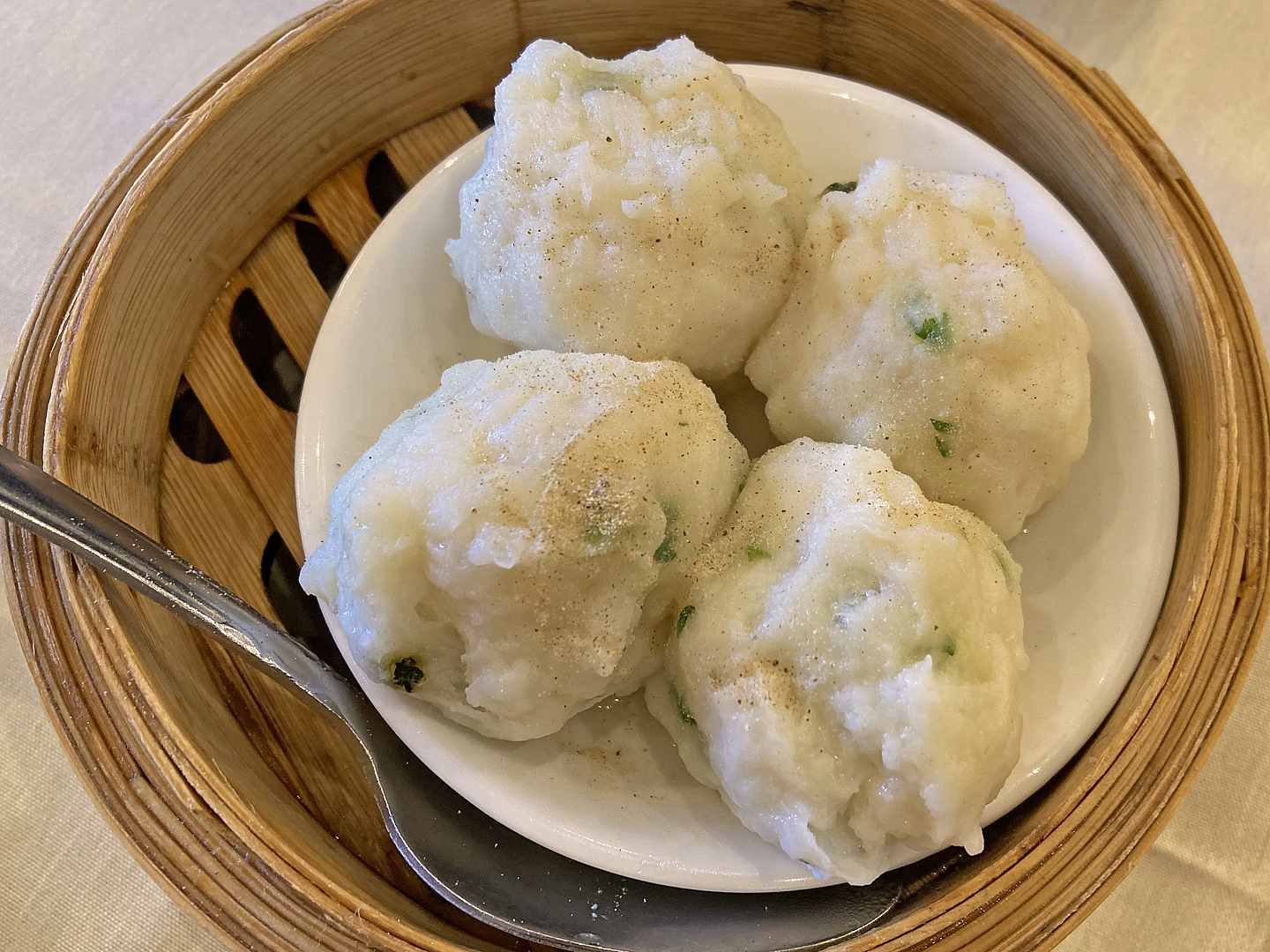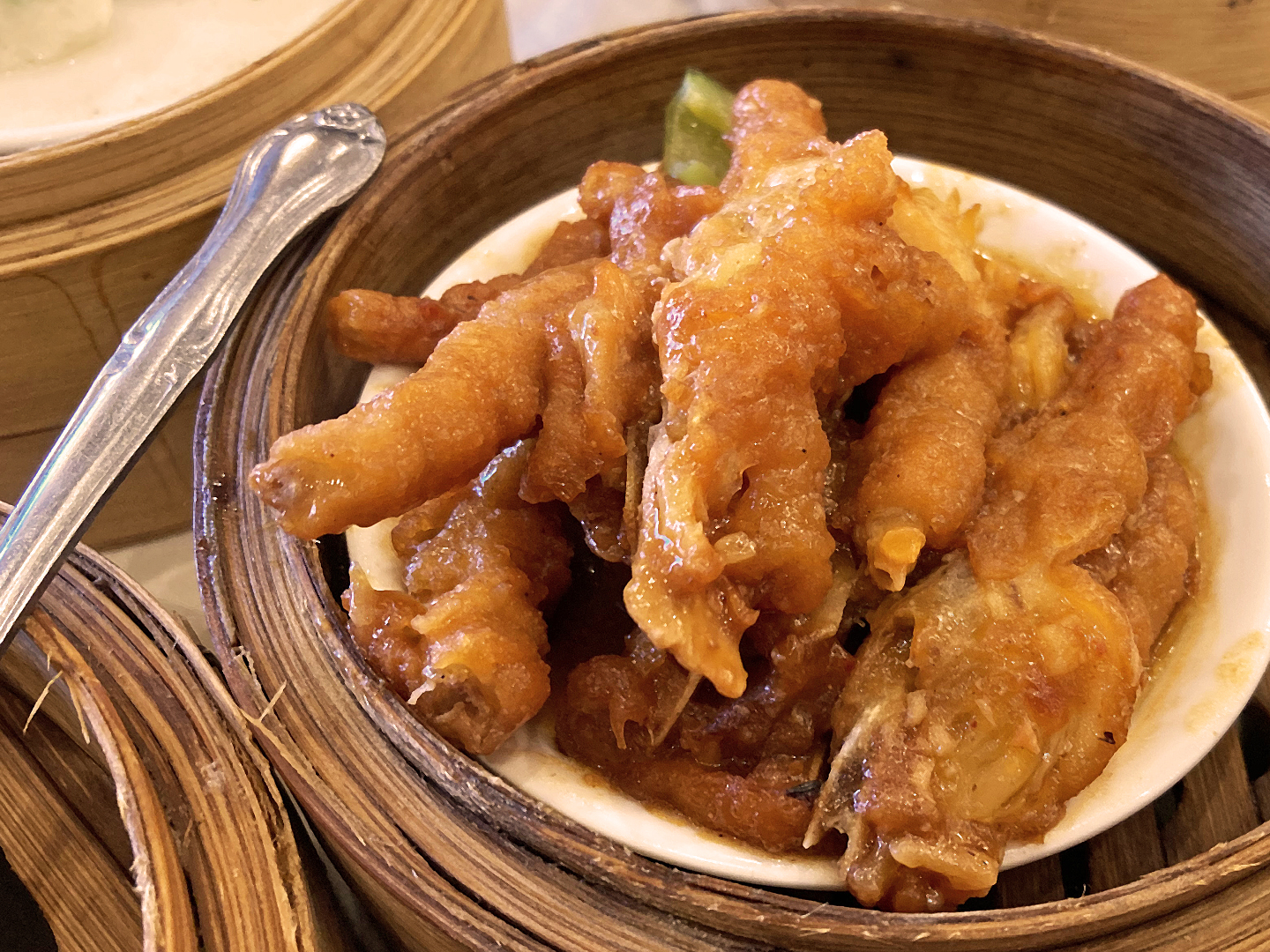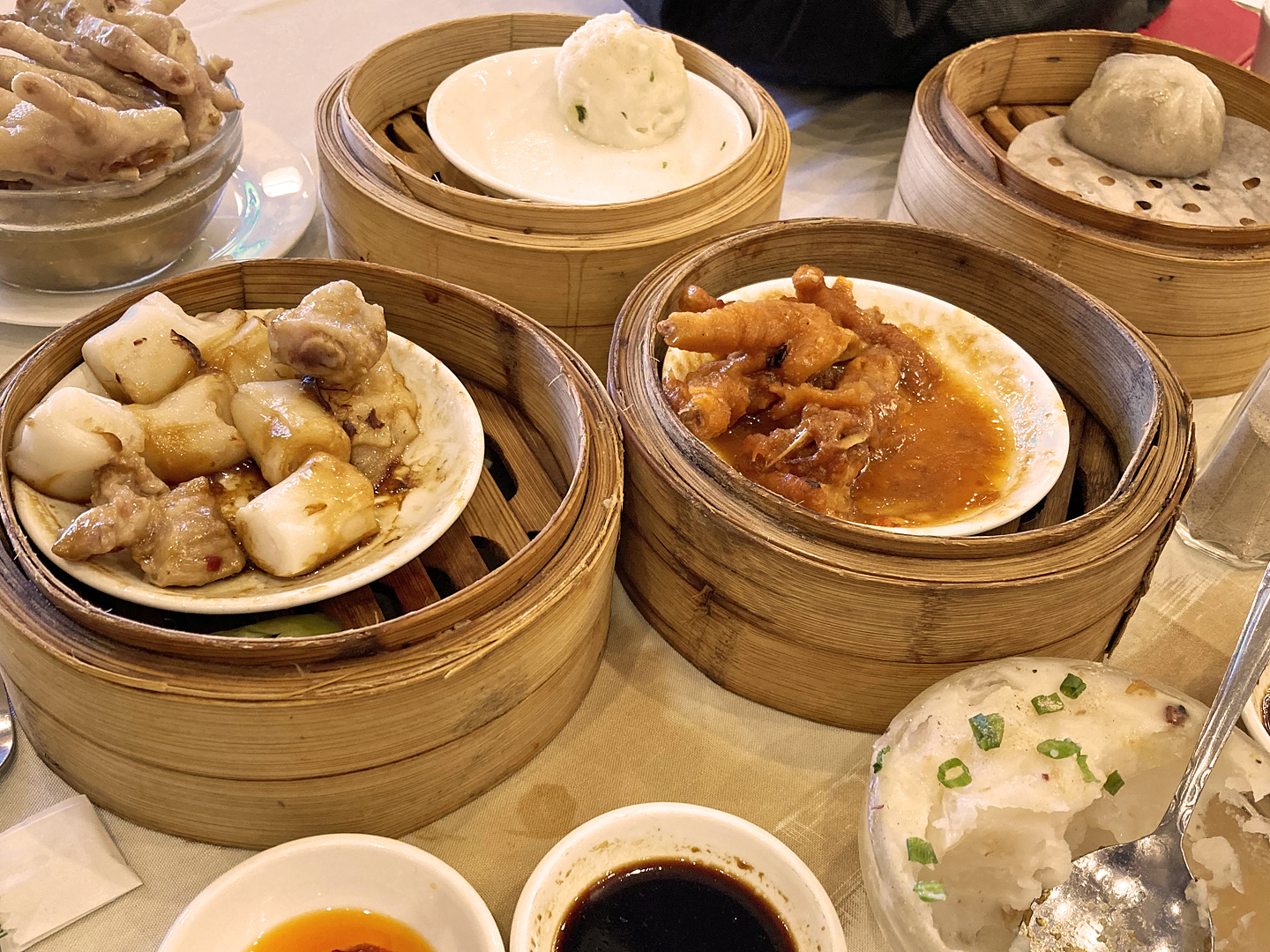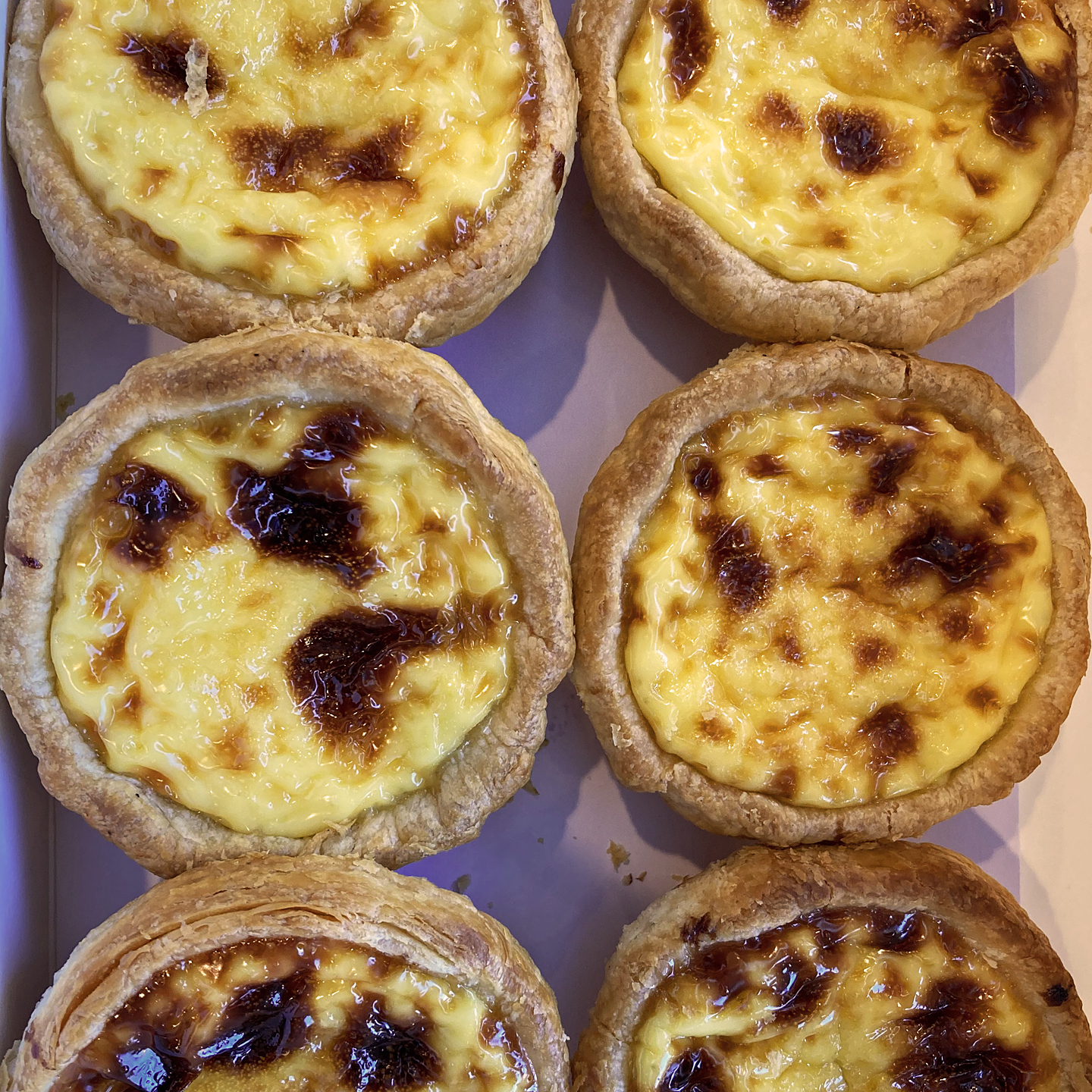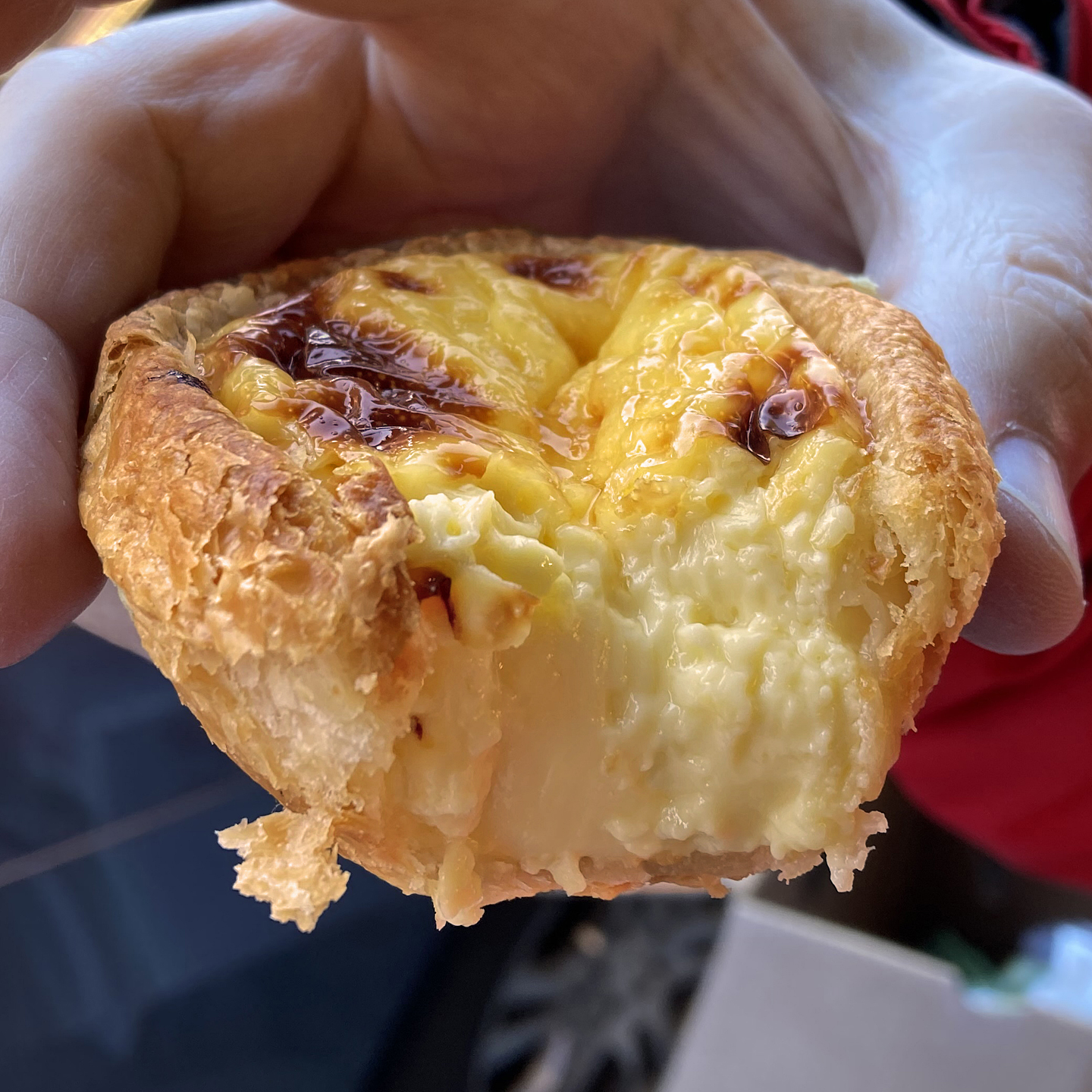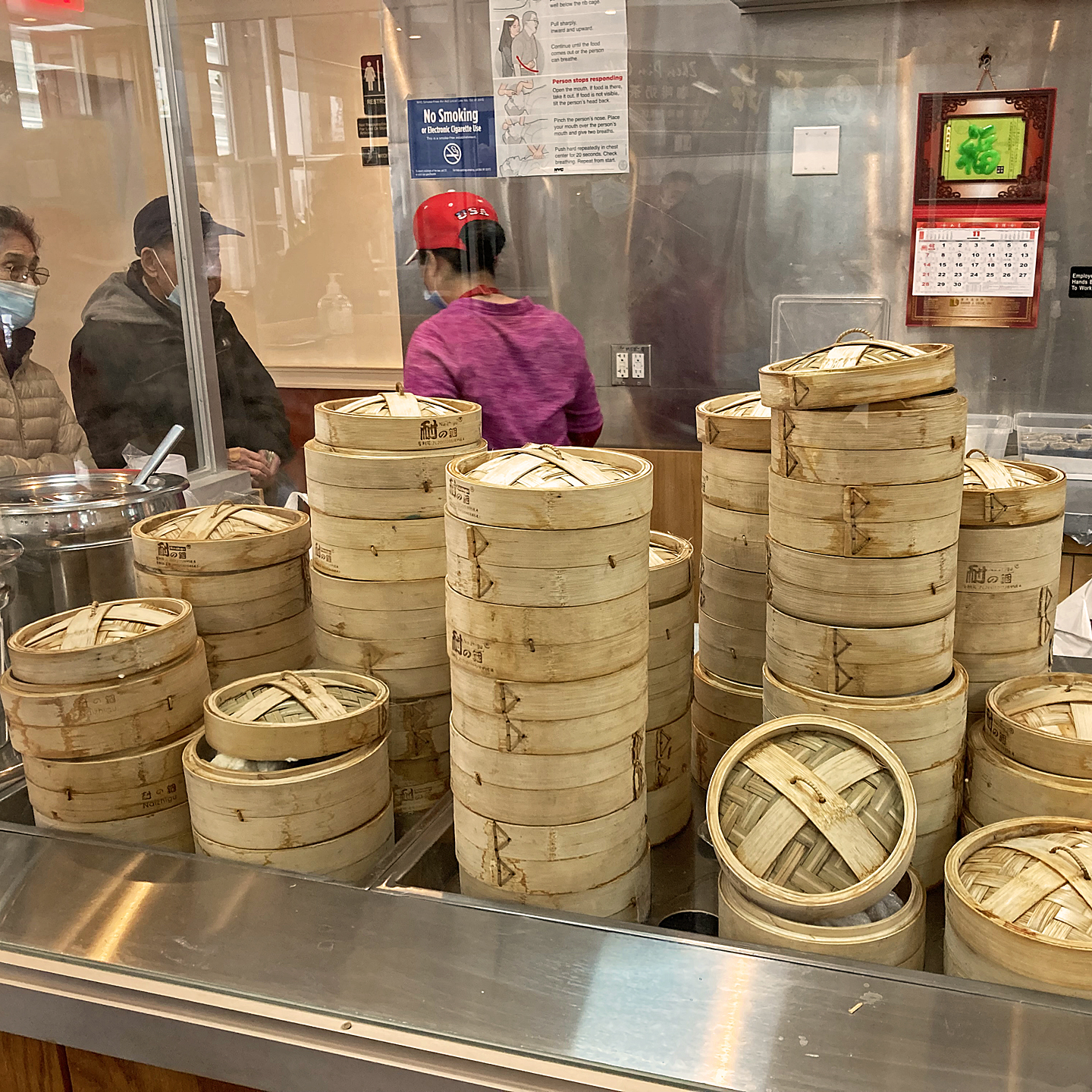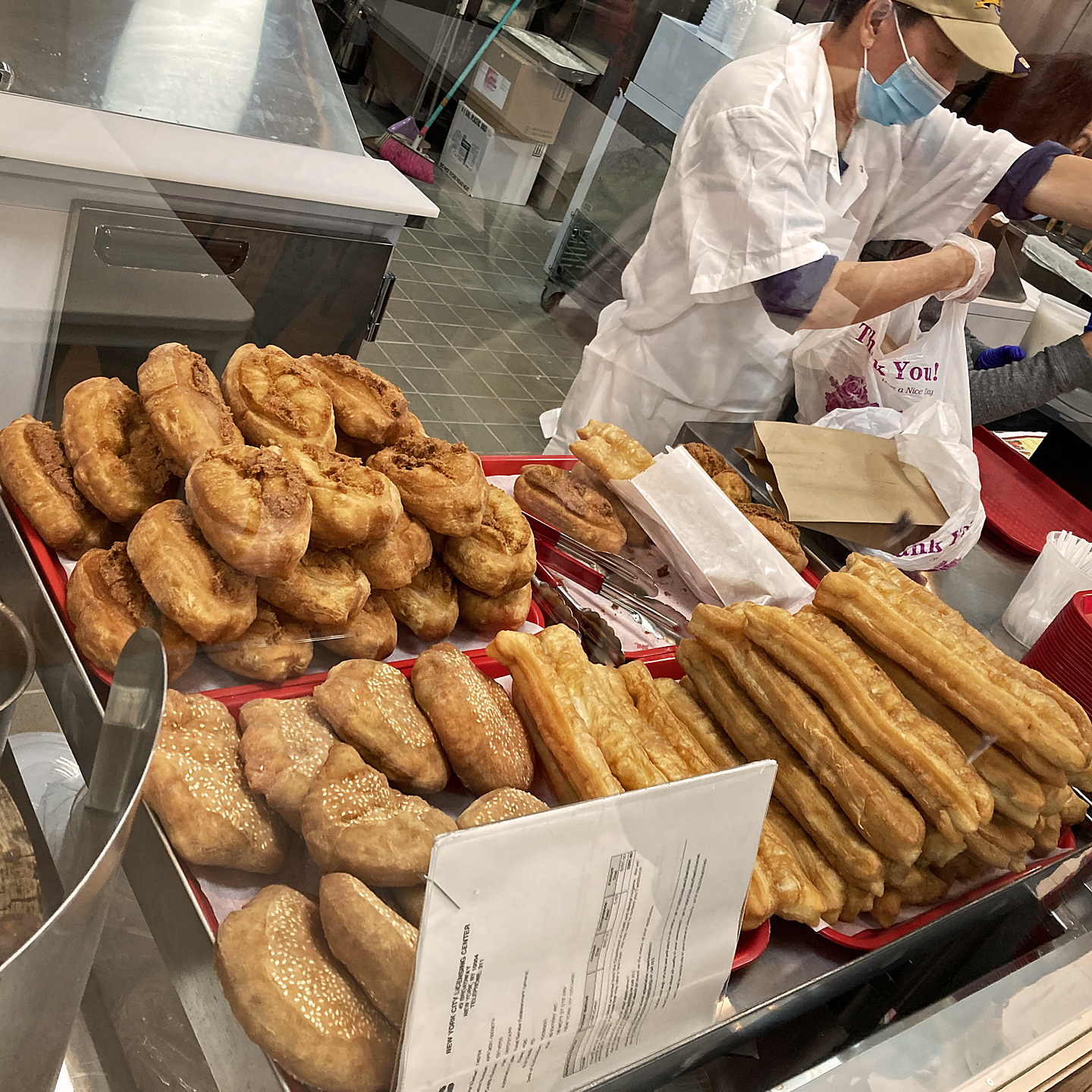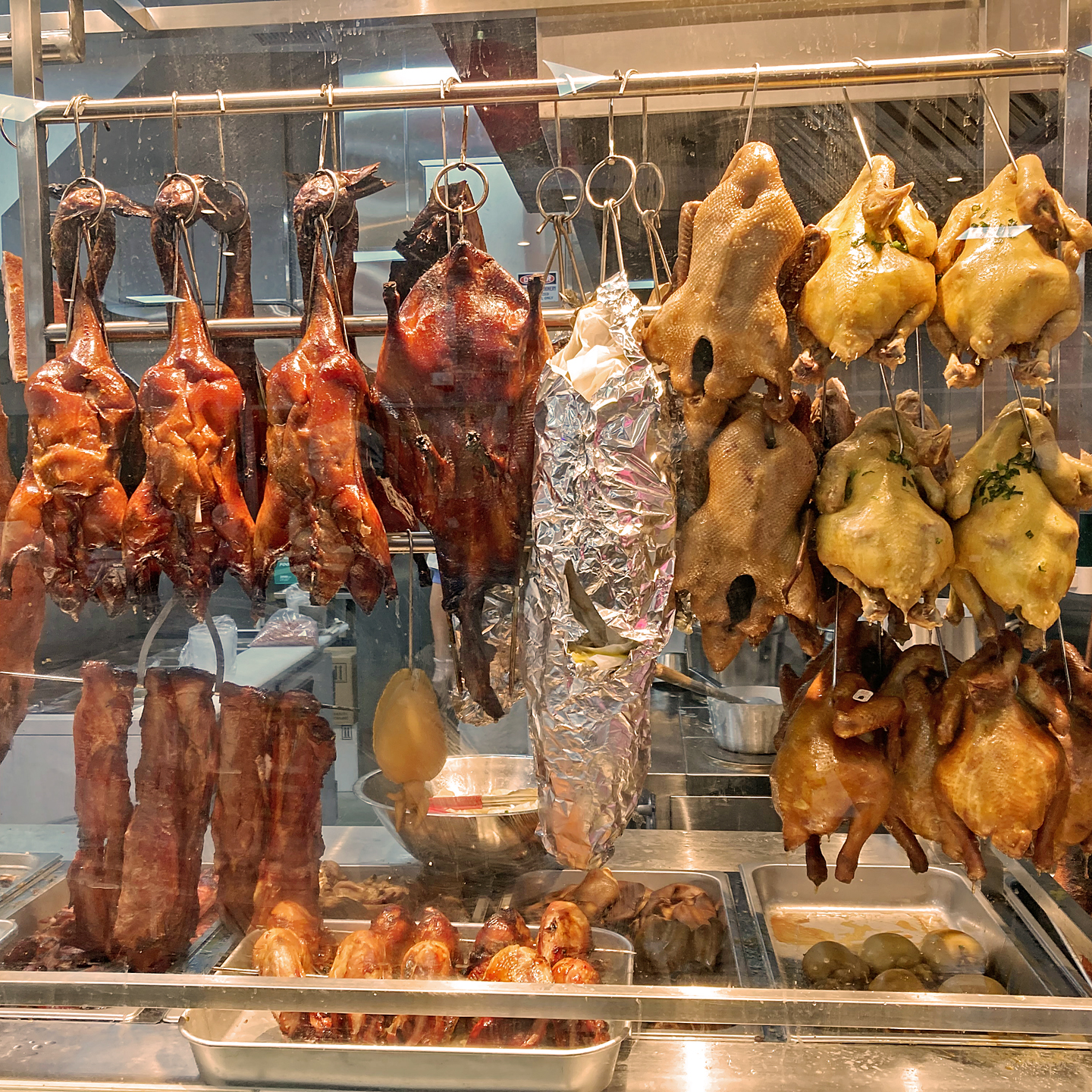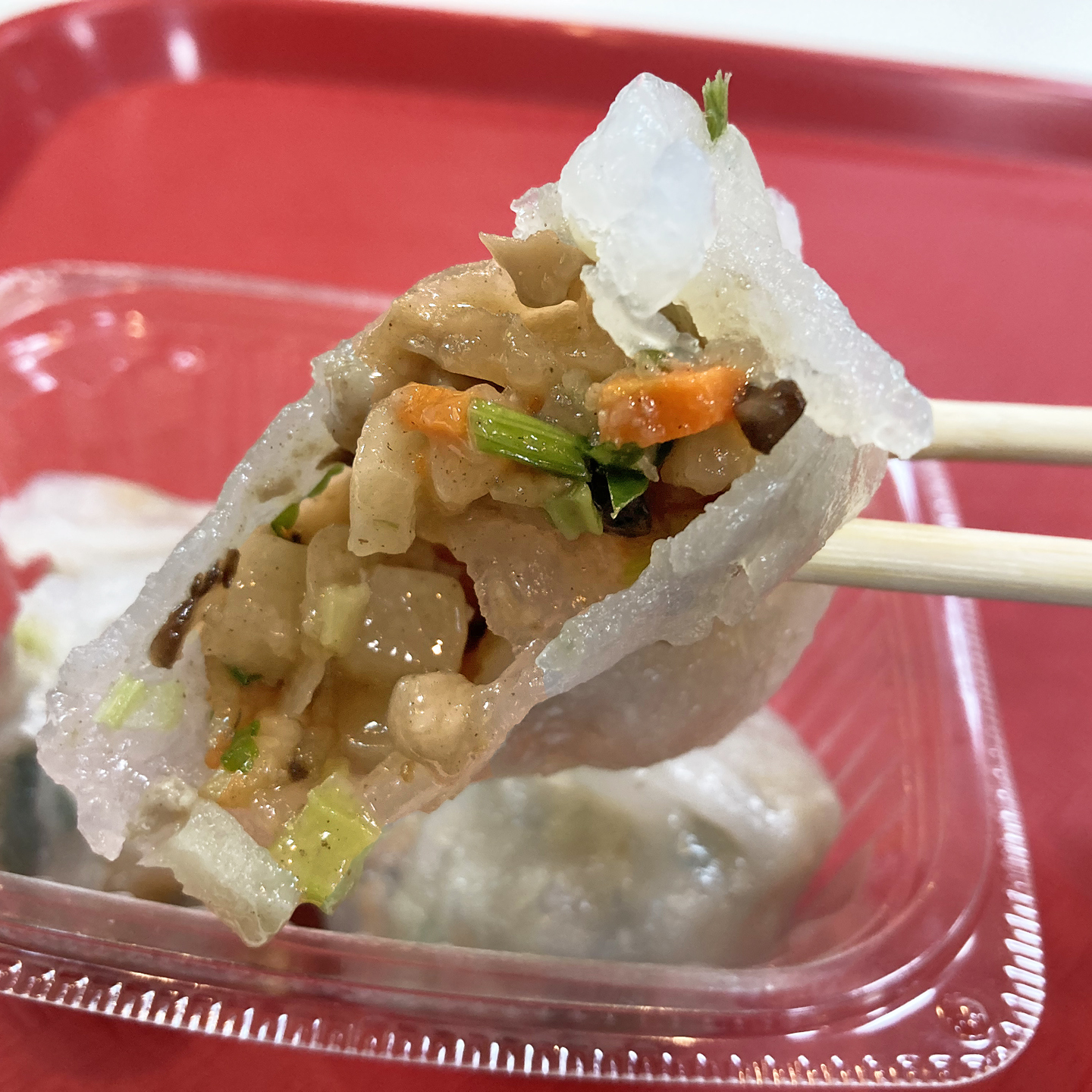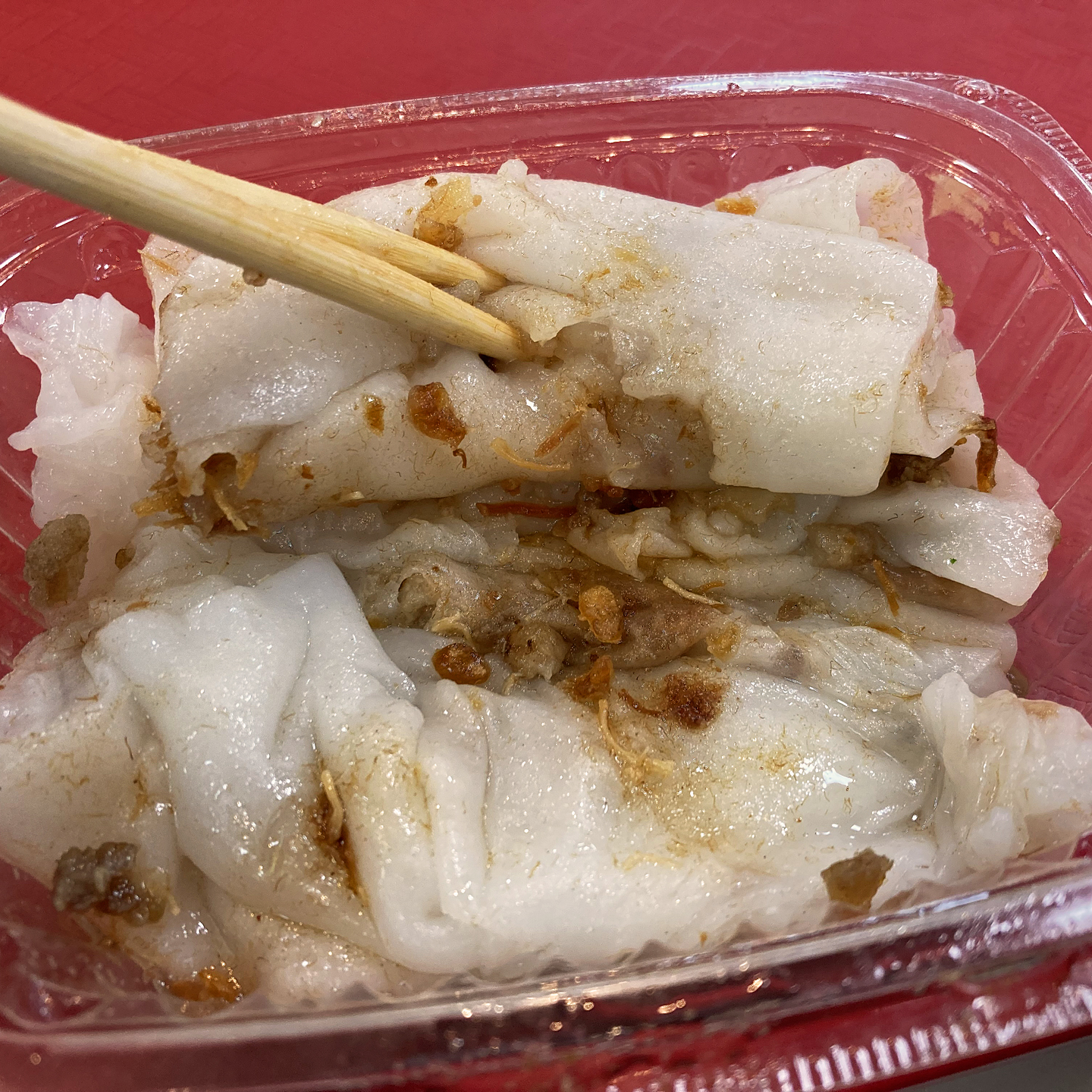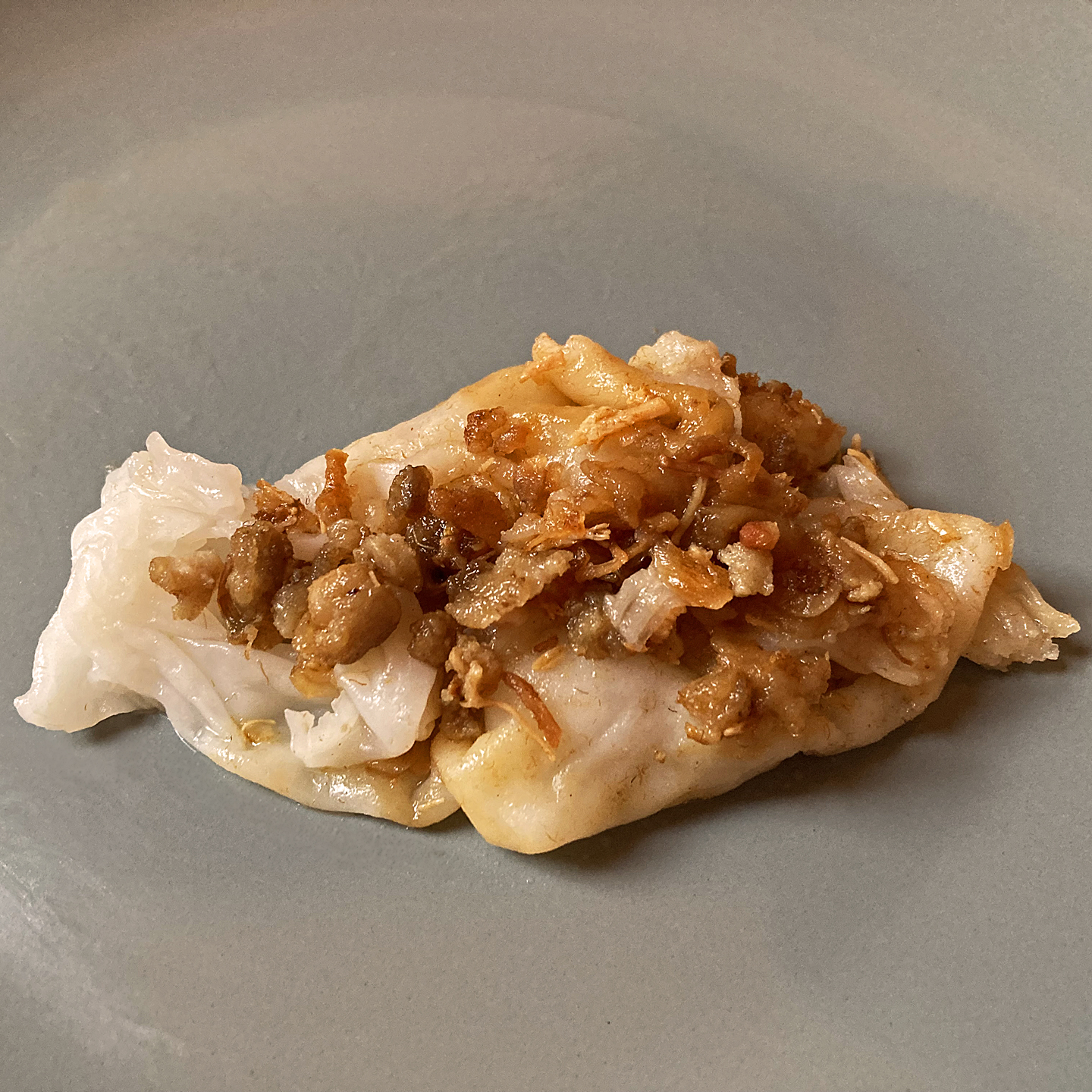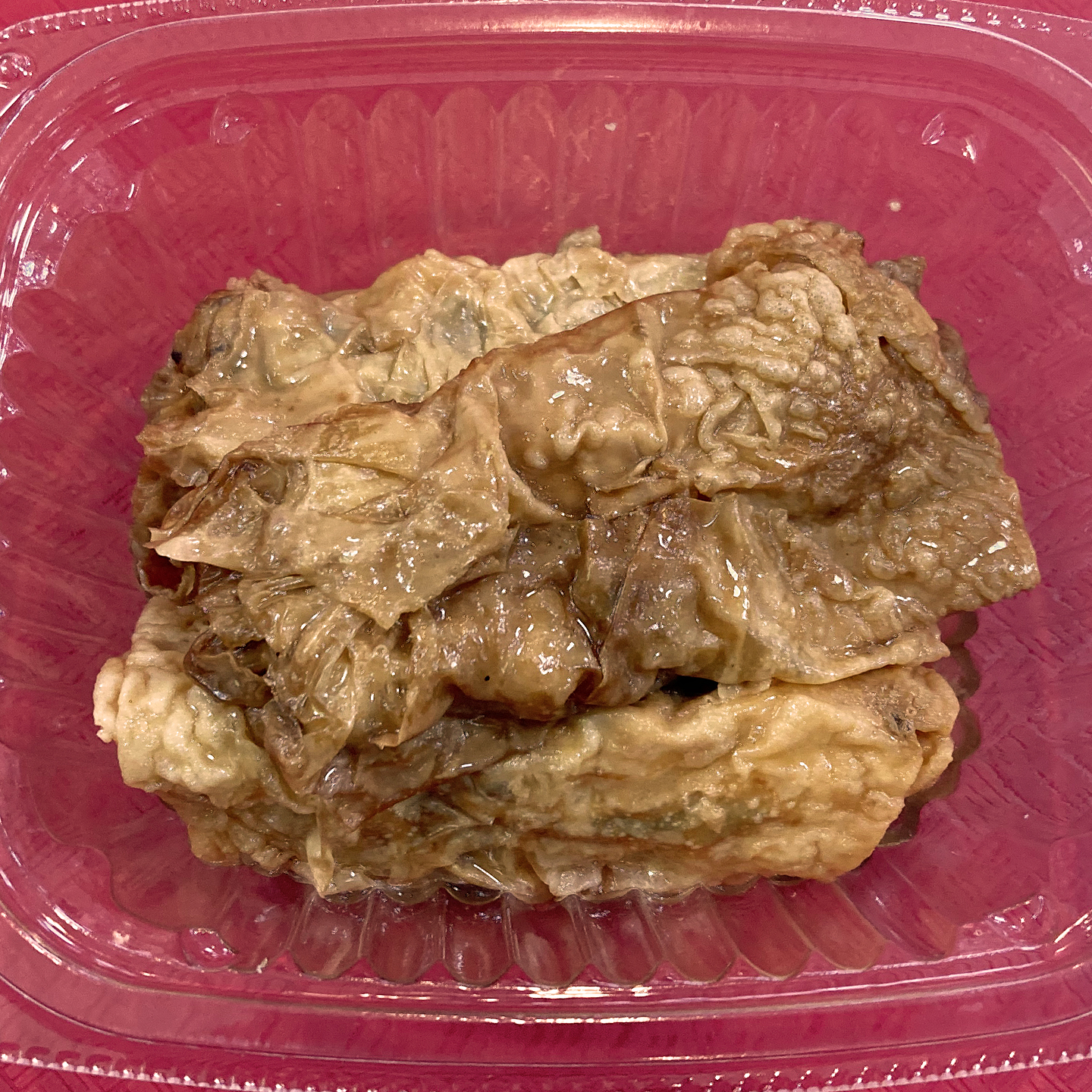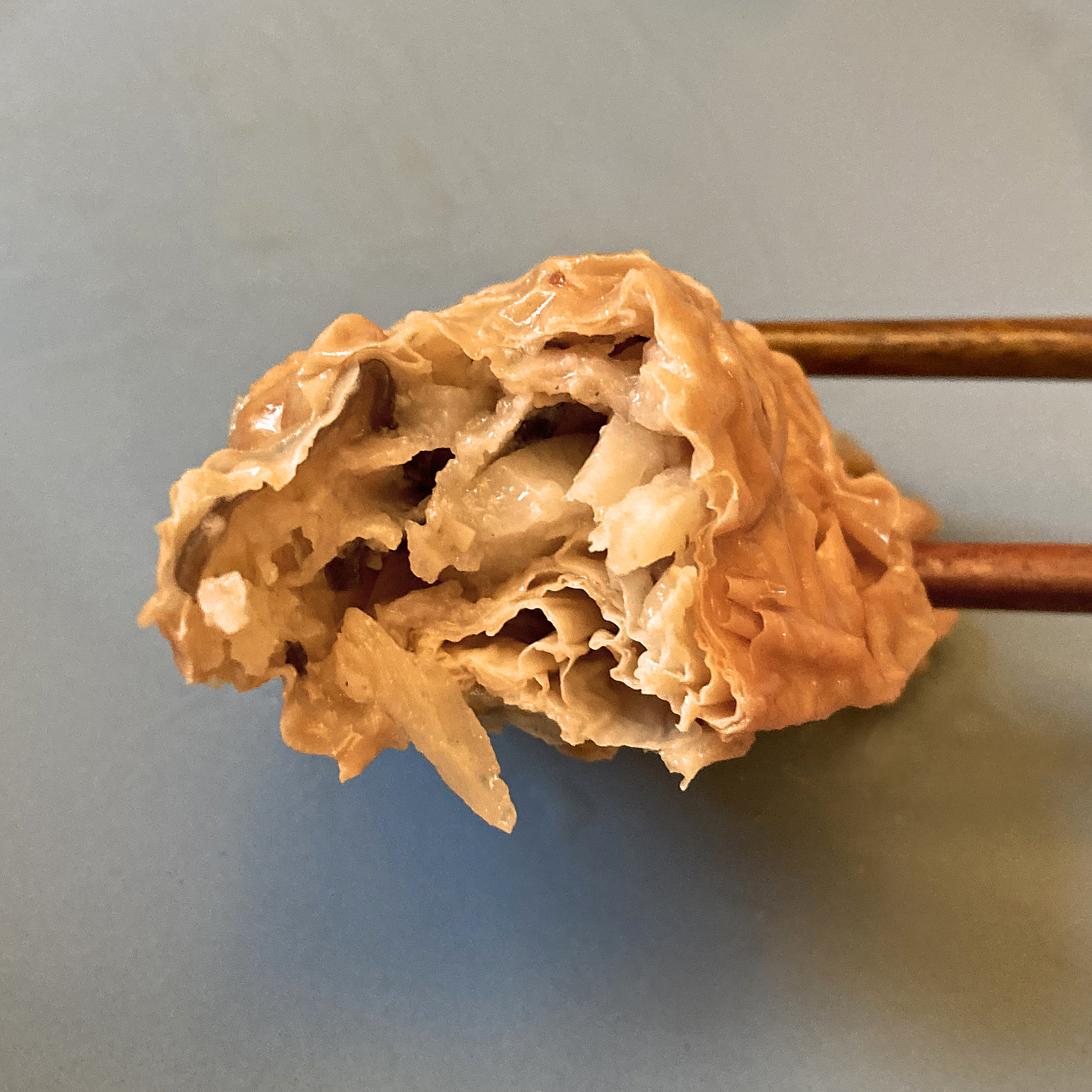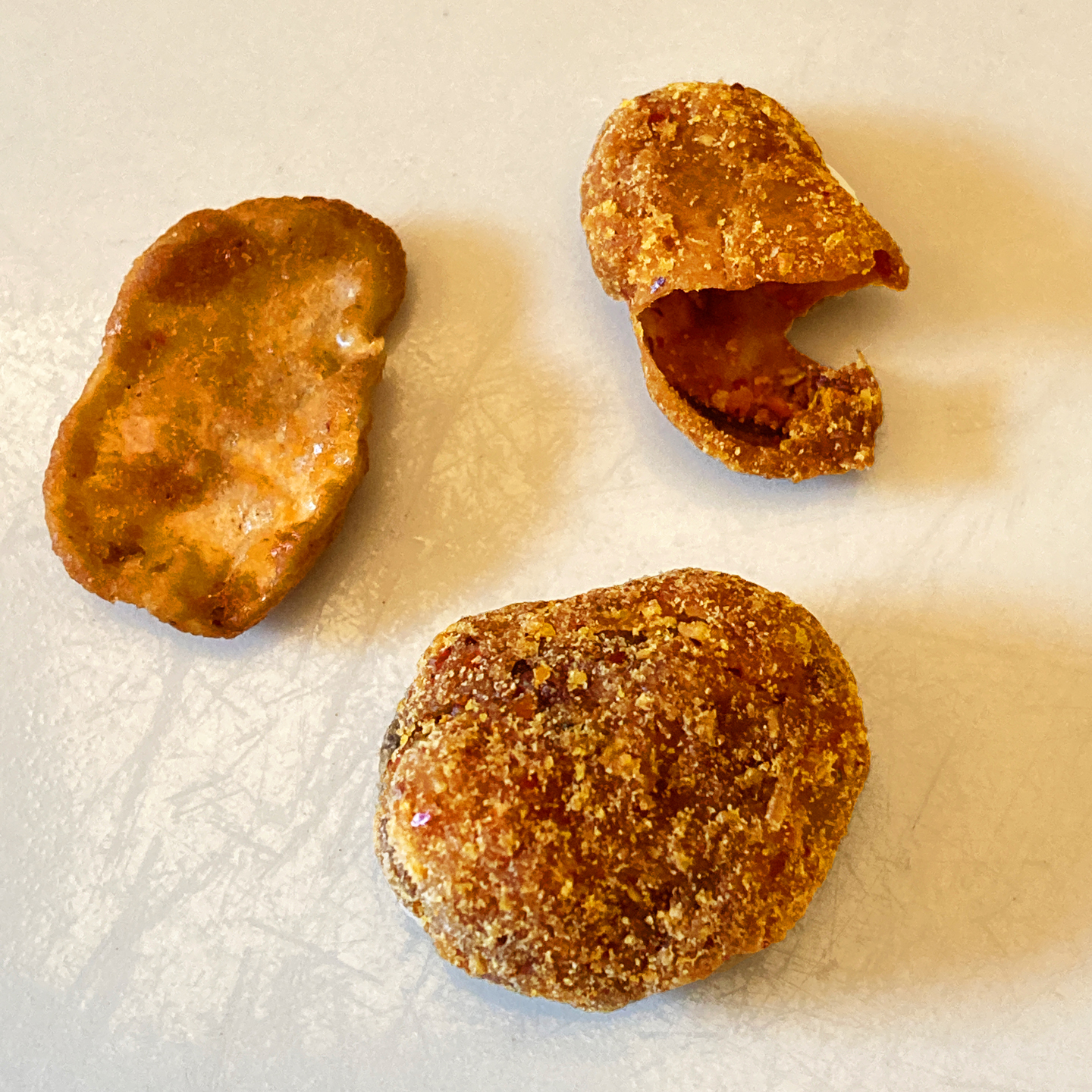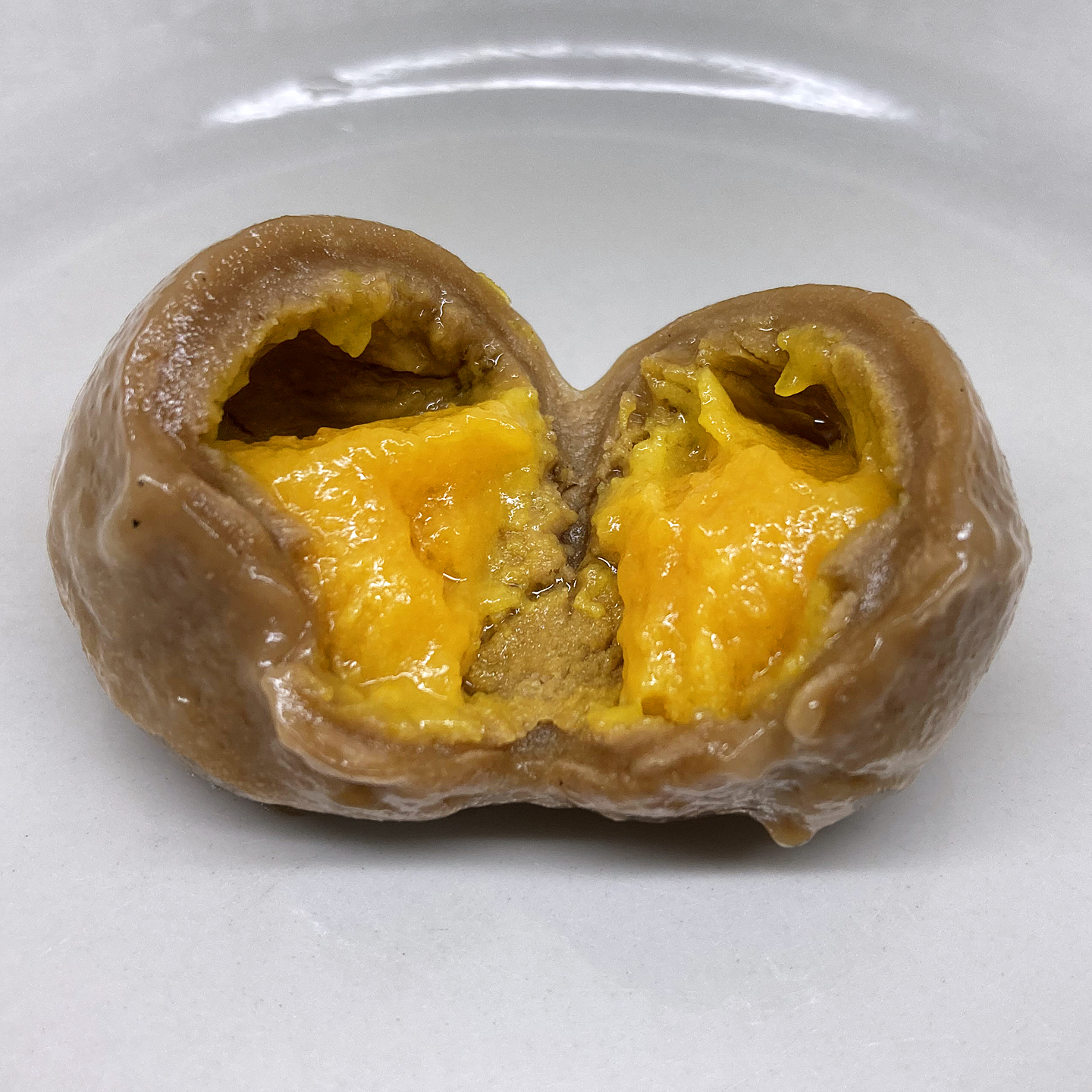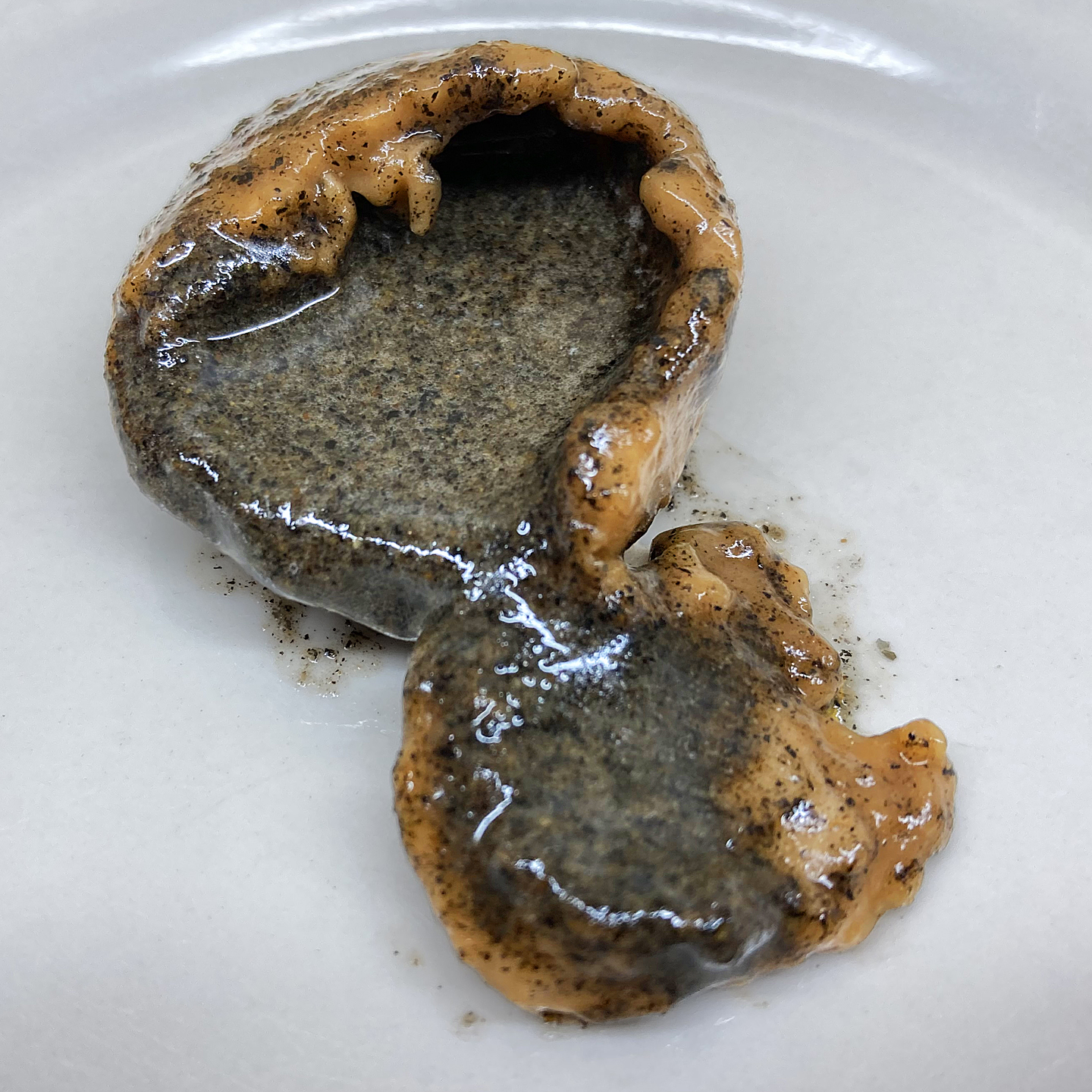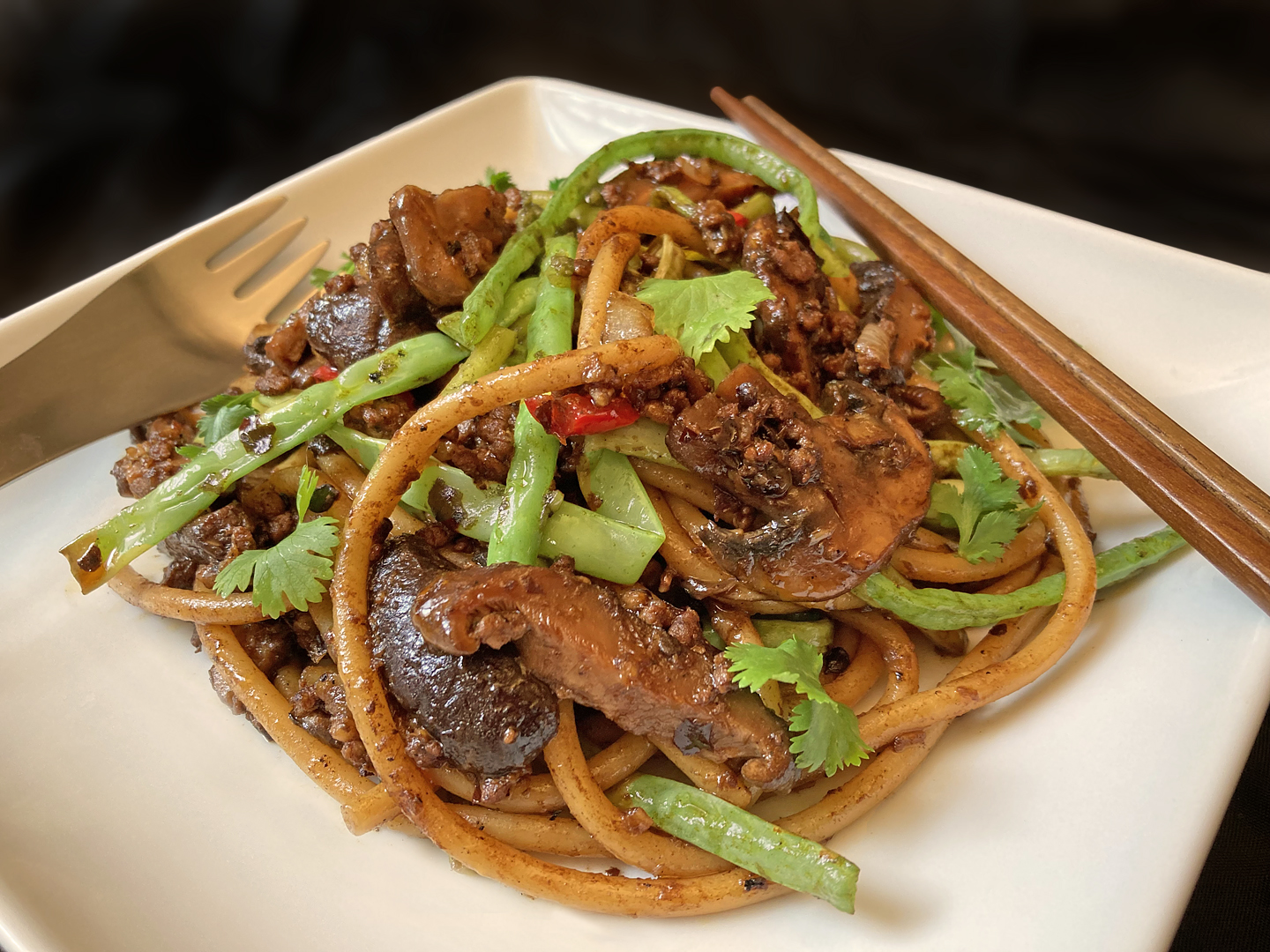👨🍳 Cooking in the Time of COVID 👨🍳
(Click on any image to view it in high resolution.)
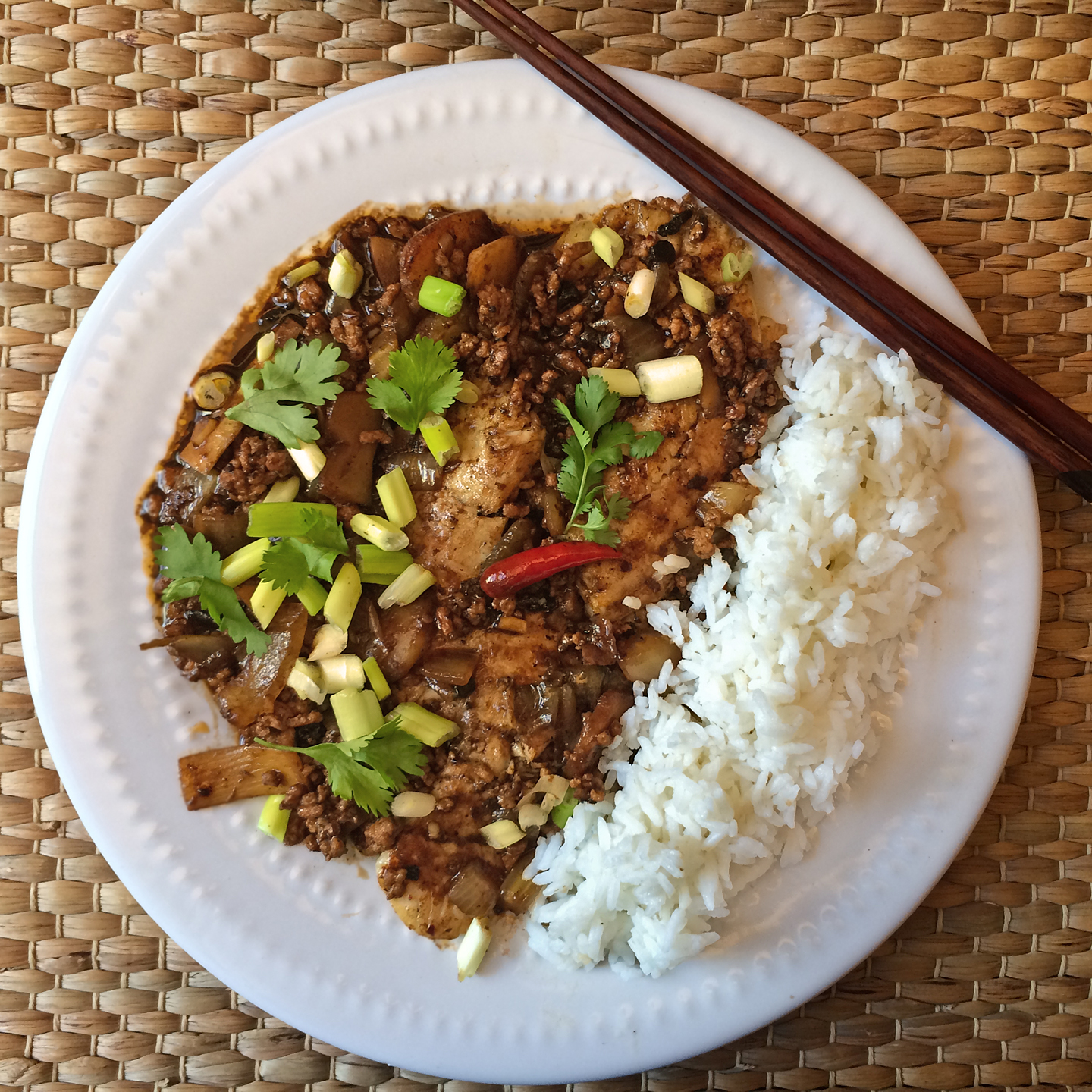
So I made a quick trip to the supermarket to grab whatever might be available and reasonably priced. (Sounds familiar these days, doesn’t it?) A large package of tilapia, far too much for a single meal but so persuasively priced, presented itself as a challenge.
I’ve said it before: tilapia is a widely available, bland tasting, poor excuse for fish. But I tend to think of it and other entry-level fish as an artist’s canvas: it’s essentially an uninteresting blank medium waiting to be turned into a masterpiece. Or in this case, dinner. So that makes it a good excuse for playing around with internationally influenced inventions where any richly flavorful fish would get lost in the sauce. Literally.
I decided to focus on Chinese, Indonesian, and Indian cuisines based primarily on whatever else looked fresh in the market and whatever seasonings and ingredients I had on hand. (Spices don’t keep forever and it’s always a good idea to try to use up what you have before it’s too late.)
So this is Part One of Tilapia, Three Ways.
First up, Chinese: Tilapia in Black Bean Sauce with Ground Pork. The vegetable components were onions and bok choy plus the usual ginger, garlic, scallion and chilies. The personality came from browning the ground pork followed by three different black bean sauces that had been keeping company in the fridge (still haven’t used them all up) plus chili sauce, oyster sauce, soy sauce, chicken broth, and a pinch of sugar, all stir-fried together and poured over the sautéed tilapia fillets.
Since I’d left the fillets in one piece, I should have plated it better if I had been attending to the presentation instead of my appetite. Still, it was a decidedly tasty dish – no complaints.
More tilapia elevation to come….
Stay safe, be well, and eat whatever it takes. ❤️

